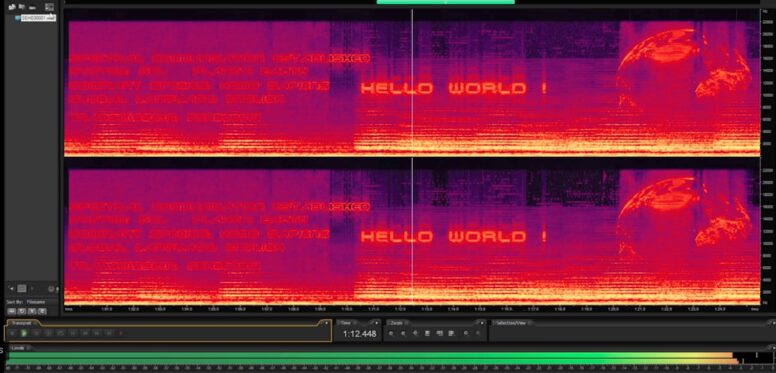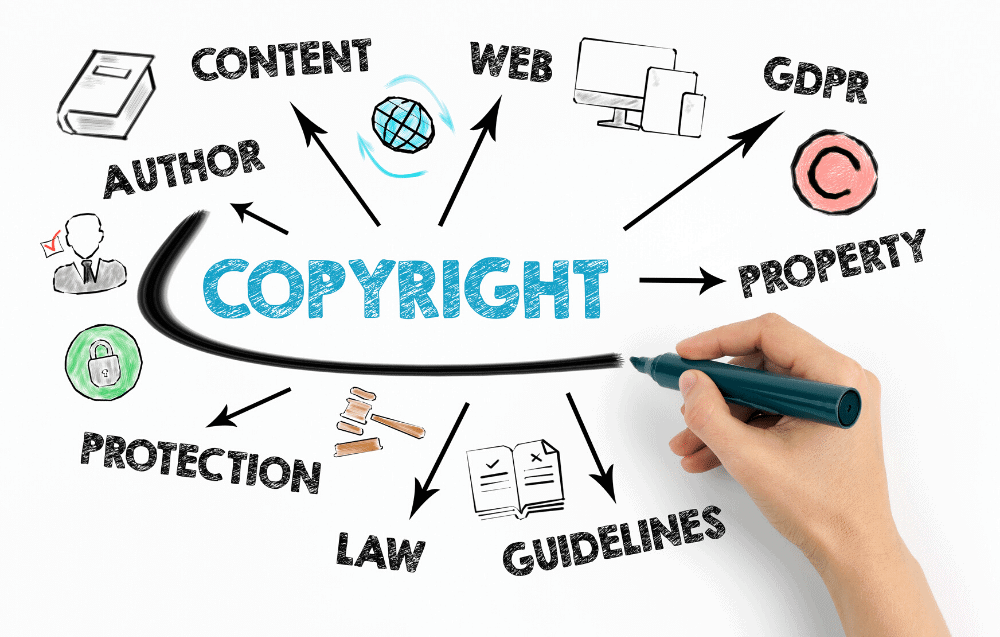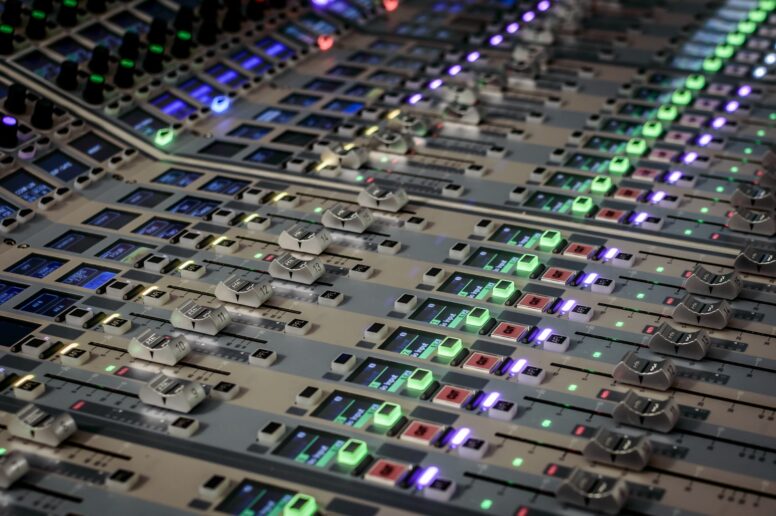The Internet is a vast space where digital multimedia is used constantly for a variety of purposes. Of course, most do this legally and in accordance with all regulations on copywriting, licenses and the like. But since the internet is so huge, it is not possible to control everything and that is why illegal copyright infringement and so on often happen.
Naturally, anyone who creates music or other audio files is concerned that someone will use his work without authorization and that he would have no way of fighting it.
Before, there was no real solution to protect against illegal copyright infringement, but fortunately, today there is something called audio watermarking. As you can imagine, no solution is perfect, because people always find ways to get around every obstacle. If it were not so, online piracy would not exist. But audio watermarking is the closest thing to the perfect solution that is currently available to us for this problem.
Read more about it, the difference between audio watermarking and audio fingerprinting, as well as the advantages and disadvantages of audio watermarking in this article.
What is audio watermarking?

Audio watermark is a unique sound or, as some call it, an electronic identifier that is added to an audio file in order to identify ownership of a copyright. Just as there is a watermark on images and on banknotes, so there can be on an audio file.
Audio watermarking is the process of adding that identifier so it is very difficult to remove. That is why it is used very often.
Audio watermarking can be something you hear, and it can also be something you can’t hear. How is it possible? Well, the traditional and cheap technique of adding a watermark to an audio file is to add a voice or some specific intro during the song, podcast or anything else to mark that it is your audio file.
Although it is much simpler and provides some protection, it is still better when it is done in a way that does not impair the quality of the audio file itself. This is done by adding a sound that the human ear cannot hear. This is definitely a much better way because the audio file will be protected and it is much harder to remove such a watermark.
Audio watermarking also can help you locate who and when is playing your audio file, so you will always know does someone violates copyrights.
Differences between audio watermarking and fingerprinting

It is wrong to equate these two terms. Audio watermarking is adding an identifier or marker, while fingerprinting is something completely different. It works in the same way as human fingerprinting and is unique as well.
Fingerprinting reduces the whole audio file to some part that is characteristic and so fingerprints it. Since our topic is watermarking, there is no need to go into specifics of fingerprinting, it is enough to know that those two are not the same.
Advantages
• Copyright protection

You put in a lot of work whether you are creating a song, a podcast, or something like that. And then someone comes and wants to steal all your effort and use it to promote something of his own. Or even to present all your work as his own and cash it in. Once someone does that, it will be almost impossible to prove that you are the owner of the audio file after all.
This is why audio watermarking is of paramount importance as it provides copyright protection. With the help of markers, it will not be difficult to determine who the real owner is, so the tedious process of determining who the owner is when a multiple ownership issue occurs is avoided.
Watermark is also recognized in court as evidence in case you run a copyright lawsuit because you failed through other methods to solve an ongoing problem.
• Tracing
It’s not easy to trace how many times your song has been shown as part of a TV commercial or similar. This would mean that someone has to watch TV 24/7 and record every time your audio file appears. This is, of course, impossible and this can then lead to someone paying you a smaller amount on the name of copyrights than they should. Because it will tell you that fewer times it has been shown or played than it actually is.
With the help of audio watermarking, tracing will be very easy. Since it is embedded in every copy, every time it is played, you will know it. When an audio watermark is present, it is not possible to remove it before playing.
• Fast detection process

Someone may not have bad intentions and does not want to steal your audio file, but they cannot detect that you are the owner and then this can lead to problems with both you and them. When you add an audio watermark, the owner detection process is quick and easy and can even enable you to make new business collaborations.
Disadvantages
• Costs

Adding a quality watermark will bring you costs. It is not possible to do everything the right way without the help of professionals or buying new equipment and the like. It is necessary to edit the file without damaging it, so the marker must be well done to serve the purpose.
• A more complicated process
You must insert the watermark into the file before it is published. If you don’t, you won’t be able to afterwards because it won’t have any point. That’s why it shouldn’t be unprofessional because you can even damage the file.
Fortunately, there is software for this purpose that you can learn more about, which greatly simplifies the process. In any case, you must have some prior knowledge to do so successfully.
Conclusion:
Remember also that the audio watermark can negatively affect the engagement in case you use sites like SoundCloud or Spotify. So be careful how you add it to your audio file, to take full advantage while avoiding the downsides.

